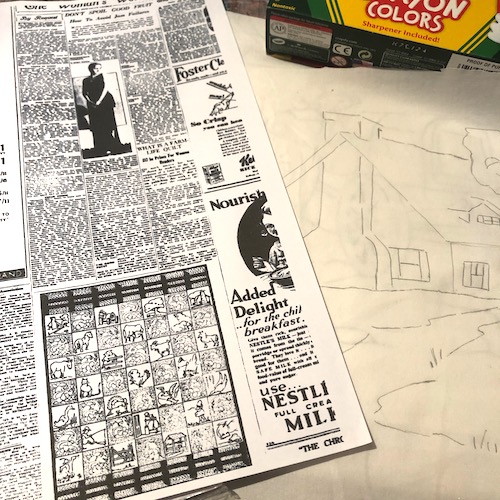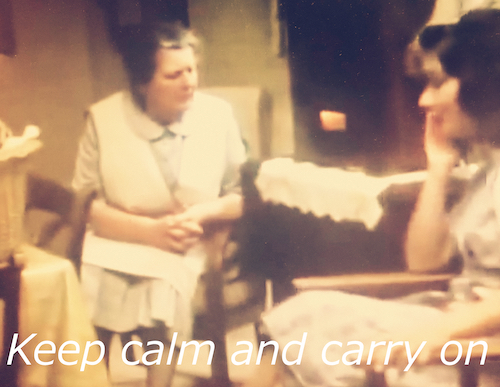I have been quiet on the blog front, but I couldn't pass up the 75th anniversary for the ending of World War 2. I'm currently researching 1943, and Victory Day is a long way away yet. The women's section in the newspapers for 1943 are encouraging the Homefront to live simply and not to spend on unnecessary luxuries.
In Australia, we have had some of our stay at home restrictions lifted for covid-19 but there is a long way to go before we return to normal.
So there are some happy times to speak about and rejoice in even if some restrictions remain in place.
Like many, I don't think there will be a normal after covid-19. Many of us see the necessity in living within our means, making the home a viable place to rest in, and make sure we have all that we need to stay in and do our part at the Homefront.
When the war ended, the rations continued and they needed to live simply without expenses. The home was the place for many to be in. There was a survey of women at the end of the war and during the war asking women if they wanted to work or stay at home. A lot of women declared they wanted to be home, or have a home of their own. This of course shows how the 1950's home was born.
The advertisement from 1945 looks very much like it could be from the 1950's. With many women now declaring the home as their right place to be, this made the changes for the extravagance seen in the early 1950's home. While a lot of people believe that era to be far removed from the 1940's home, there were many similarities between both era's. The main one is, the home was the best place to be.
And that is what it is like today, staying home as much as possible, making do with what you have, and being with family.
Below is the Queen's speech for the 75th anniversary of V.E day.
I hope everyone is having a good day or evening, where ever you are. And staying home safe with loved ones.





















































